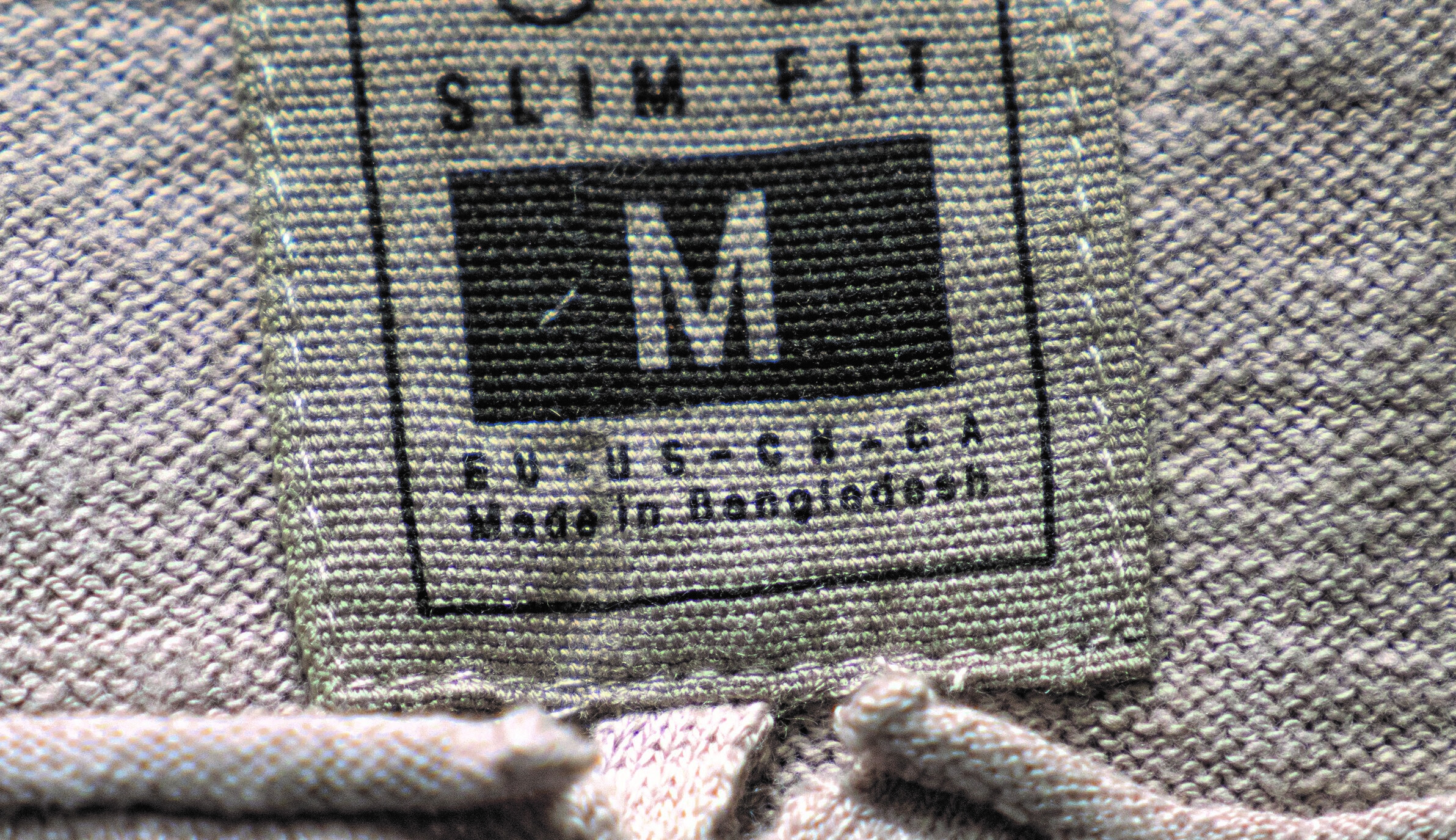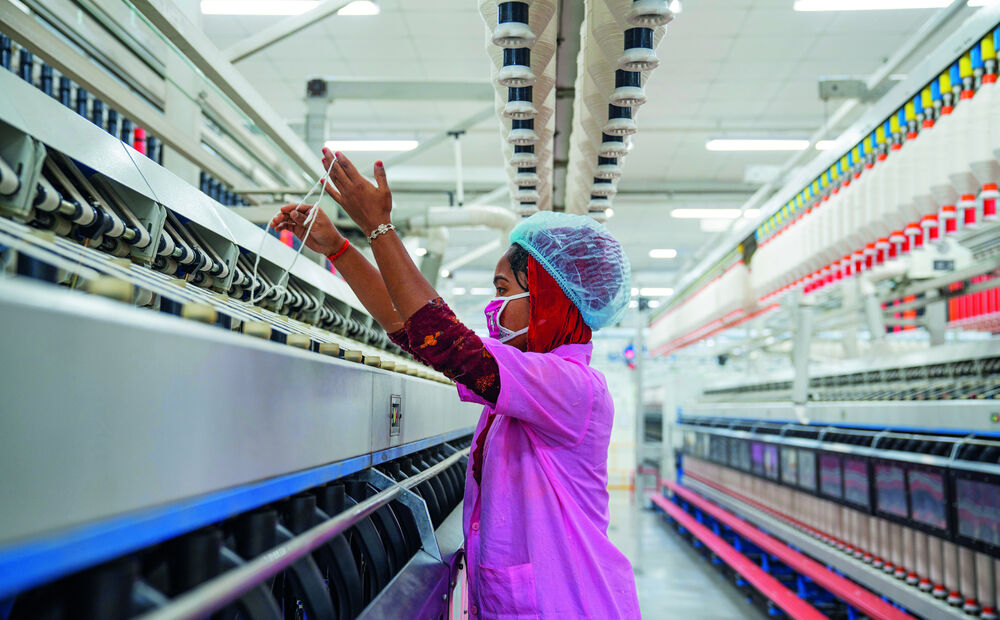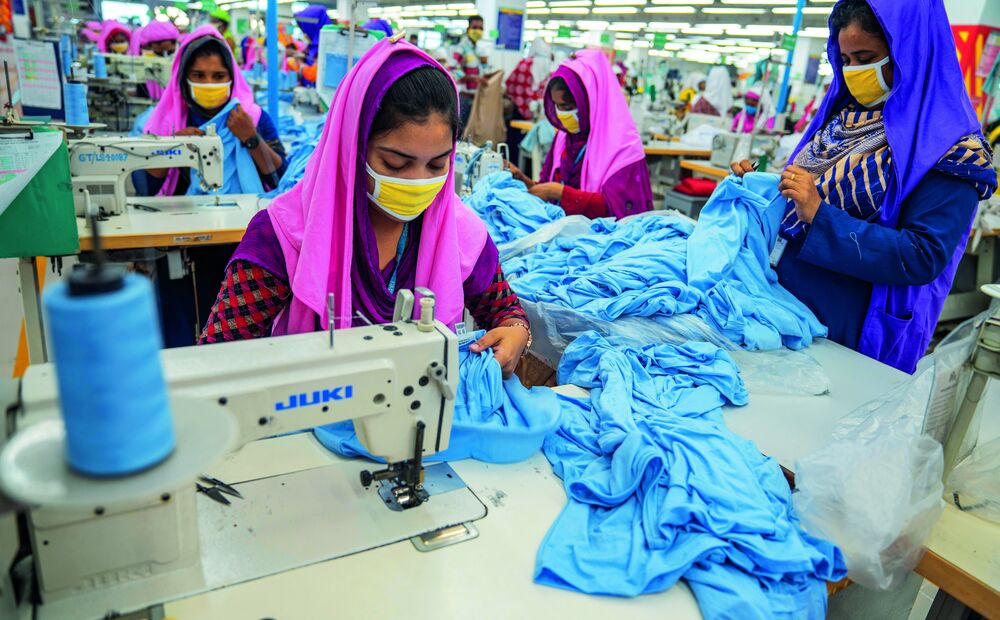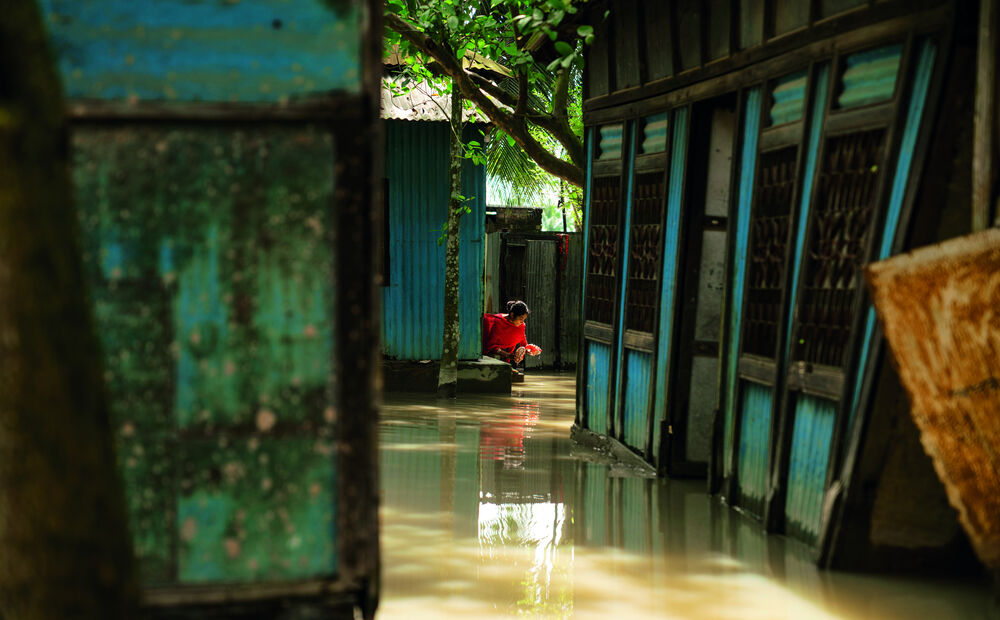What does the label Made in Bangladesh conjure up in us? Probably the feeling that we're buying something that was produced under unfair conditions. Maybe we'll also wonder whether to steer clear of that label. Would that be doing the country a favor? Very definitely not: Bangladesh needs companies that buy in Bangladesh and vice versa.




